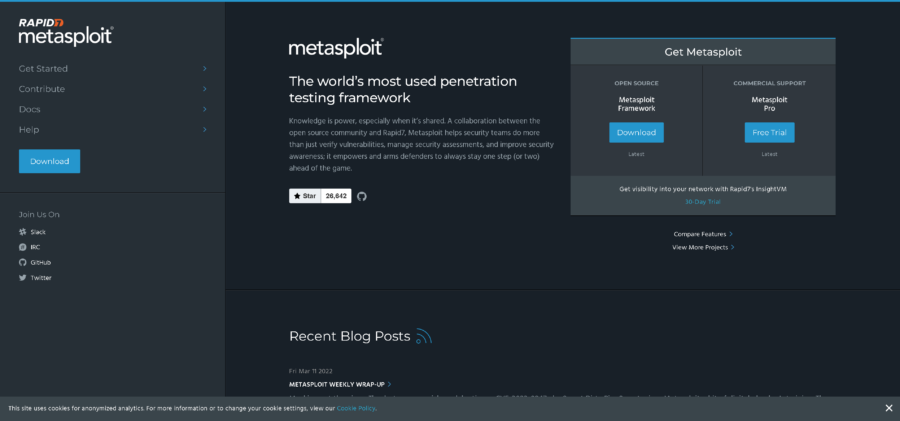The Internet of Things has caused many industries to evolve – but few more than transportation. Here are just a few ways it’s changed the delivery of goods.
Remember when websites like eBay and Amazon were in their infancy? When the best estimate a retailer could give on when a product would be back in stock was “sometime in the next week or two?” When truckers suffered numerous health issues because of unreasonably long hours?
It’s strange how much things have changed, looking back. How much things are still changing. Through the Internet of Things and the cloud, the delivery of products and goods has never been more efficient.
(2016 IoT Landscape Image Source: Matt Turk)
Here are just a few reasons why.
Traditionally, warehouses employed staff who recorded inventory manually. You can already see the problems with this approach, I’m certain. People make mistakes – they misplace products, mislabel items, and misreport inventory numbers.
With the Internet of Things, warehouses can instead rely on automation – sensors that grab items and move them with accuracy and efficiency. Sensors can be installed on pallets, shelves, and products to monitor not only inventory numbers but also factors such as temperature and humidity. In short, the capacity to create entirely robotic warehouses is not only feasible, but realistic – companies like Amazon have already done it.
It isn’t just the warehousing process that’s enhanced by IoT and the cloud. It’s the entire transportation process. Trucks can now be equipped with sensors that track everything from location to fuel to speed.
That means that where deliveries are concerned, businesses can offer more accurate estimates as to a product’s arrival at its destination, and more accurate updates in terms of its location. Better yet, these fleet management systems can also recommend things such as the optimal speed for a route, and how a truck might attain optimal mileage.
Cost reductions at the hands of IoT can be seen throughout the entire transportation process. Human labor costs are reduced by lower staffing requirements for warehouses. More efficient logistics and delivery ensure reduced costs and increased gains. And better visibility and automation offer faster shipping, fewer errors, and fewer delays.
There are many areas of concern in the transportation industry. Unreasonably long hours forced upon drivers. Injuries stemming from machines such as forklifts or products fallen from shelves. Through automation, these dangers can be reduced – or in many cases, eliminated outright.
In addition to reducing the chance that an employee might be injured by a Workplace accident, IoT sensors can prevent items that are dangerous in combination from being shipped together, while the data gathered from those sensors can help establish better safety plans.
There are few things more satisfying than a job well done, especially if it’s easy. Because IoT devices can help staff do their jobs better and faster, equipping trucks and equipment with better technology ensures greater satisfaction across the board. Drivers will have to do less paperwork, and better routes mean they won’t have to drive as many long hours. End result? More satisfied employees and lower overall turnover.
All this stuff here? It’s just the tip of the iceberg. With the current advances in self-driving vehicles, we might well see fully-automated delivery fleets before too much longer. It’s a strange idea, sure – but then, so was the idea of the cloud just a few decades ago.
By Tim Mullahy, Managing Director, Liberty Center One





